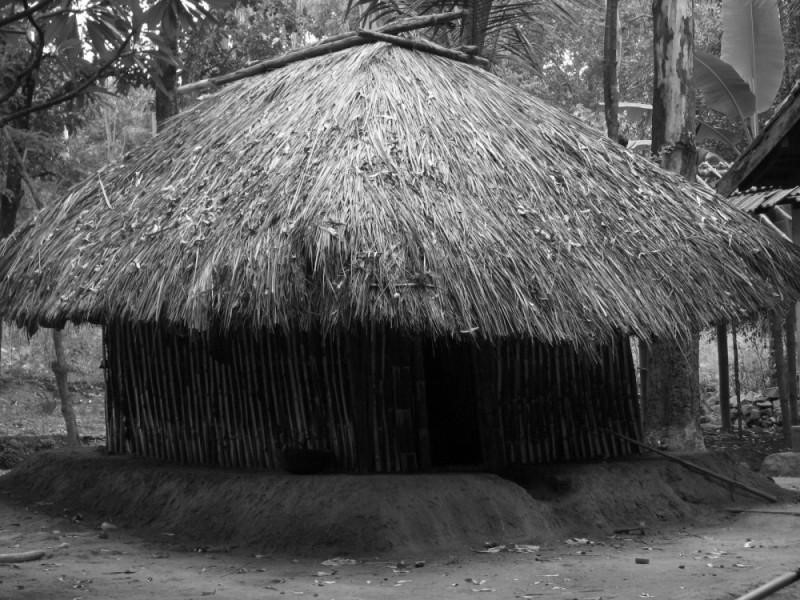Eco-Friendly Wood - What Does ‘Green’ Mean?
By Wood Haven | June 11, 2020
We see it all the time – “This is a green product.” Or –“Our products are 100% green!“
Is there a legal standard or definition if a building material is to be called “green”? As far as I know there isn’t. We see it on so many products and I just can’t wrap my head around it. So… if any of you have or know of a legal definition or standard for calling a building material “green” Let me know!
Here is my definition of a “100% green“ building material:

-
No fossil fuels used to make - or transport
-
Completely biodegradable
-
Sustainable - there will be enough in the natural environment next time!
-
Almost nothing in the western world compares to this
Maybe we should say “greener”? Like using sustainably harvested wood material is “greener” than using concrete or steel. We see a lot of products that have fairly large carbon footprints that incur international shipping, sometimes from South America to Europe and then all the way back to the US!
What about products that are made in countries with little if any environmental controls labeled as “green”! Is a Bamboo product made in Asia with farmed bamboo that was fertilized and sprayed for insects and then manufactured with dirty electricity and shipped across the Pacific more eco-friendly than oak flooring or cedar siding made and sourced from sustainable sources in the US?
I have seen both with the “100% green” label. But they are worlds apart in total energy consumption and biodiversity.
Responsible Logging vs Tree Farming
Deforestation worldwide as you may know, has come at the hands of agricultural expansion. Not logging. New products keep popping up that claim to be so much better and “good for the environment” than naturally grown lumber. First, the claims were farmed pine, then bamboo and now hemp. The problem with all of these is that they are just that – farmed.
Farmed means they are a monoculture. Not really any better than a cornfield in Iowa. One species managed with fertilizer and chemicals to produce one crop. No birds, mammals, or streams filled with wildlife. Just that one crop. Virtually all of our eastern hardwood forests are healthy, harvested sustainably and have a biodiversity far exceeding that of a farmed bamboo forest. They get harvested selectively every forty years or so.
Our Pacific Northwest forests are well managed and will provide timber far into the future. Clear cutting on those is in smaller sections and many times the regrowth occurs naturally. Interspersing these clear cut areas with more mature forests creates a wealth of habitat both diverse and profuse.
Eco-Friendly Lumber - As Sustainable As It Can Be
Wood Haven is working hard to make sure the material you purchase is as eco-friendly… as possible. We push species that grow in amazing abundance right here in America or are responsibly harvested in other parts of the world. However, we also value transparency and if it is from a farmed source we want you to know that and we won’t ever call it 100% “green” or “eco-friendly”!
So the next time you see a “100% Green” label or a “Eco-friendly” claim on a building product think about how few materials are actually sustainable. But you still can’t beat wood for a building material or cladding.
Let’s face it. The guy that built that hut in the picture is probably the only guy we know building a “100% green” house from “sustainable” materials. But let’s all work towards the goal of making as much of our building materials as green! Humans are going to be on this planet a long time so let’s work together in creating construction that works with the earth and leaves a minimal carbon footprint.
If you’d like to talk more about our efforts in sustainable construction, please contact Wood Haven. We would love to hear from you! We can help make your next project as sustainable (and as beautiful) as possible.